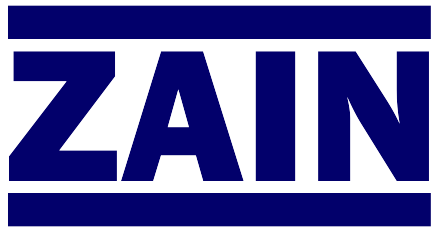Wastewater Treatment Plant Mixing Technology
Author:
H. Gary Peters, Sr.
The General Motors Saginaw Steering Division's Holland Road Complex developed a new wastewater treatment facility, completed in 1979, to handle 1.5 million gallons per day of industrial waste, effectively extracting soluble and insoluble oils and reducing metal and phosphate contaminants. The design prioritized low energy consumption and utilized high-speed mechanical mixers (specifically LIGHTNIN mixers) for rapid chemical contact and flocculation, significantly reducing the required mixing time compared to aeration methods. This innovative system, incorporating API separators and Dissolved Air Flotation (DAF) cells, successfully met strict discharge standards, resulted in substantial cost savings by eliminating off-site disposal, and allowed for potential oil recovery.
Key Learnings
- Wastewater Treatment Challenge: The General Motors Saginaw Steering Division had a significant challenge in disposing of 1.5 million gallons per day of industrial wastewater containing soluble and insoluble oils, phosphates, and metal contaminants.
- Need for Advanced Treatment: Existing American Petroleum Institute (API)-type separators were effective for floating oils and settleable solids but could not treat high levels of soluble oil, necessitating a new facility to meet stricter municipal codes (limiting soluble oil to 100 ppm).
- Mechanical Mixing Superiority: Early design analysis and pilot tests confirmed that mechanical mixing (using LIGHTNIN mixers) was vastly more effective and rapid for chemical contact and emulsion-breaking than air/aeration mixing, dramatically reducing the required batching cycle time (to about 10 minutes).
- Energy and Size Reduction: The rapid mixing time was critical for reducing the overall size, processing volume requirements, and peak-energy requirements of the entire treatment facility.
- Multi-Stage Process: The final system included primary API separators, a secondary batching operation with high-speed mixers, and a tertiary treatment stage featuring multiple-compartment tanks, static mixers, and Dissolved Air Flotation (DAF) cells for final floc skimming and contaminant reduction.
- Operational Efficiency and Savings: The facility, completed in 1979, met all design criteria, including reducing discharged oil to 5-20 ppm (well below the 100 ppm code). The ability to remove soluble oil eliminated the need for costly outside disposal, resulting in savings of approximately $70,000 per year.
- Design for Floc Integrity and Energy: The system design emphasized gentle handling (e.g., Archimedes screw pumps instead of high-shear centrifugal pumps and low-speed mixing during preparation) to avoid damaging the newly created floc. Energy-saving features included gravity conveyance, treated effluent reuse, and oil recovery.

